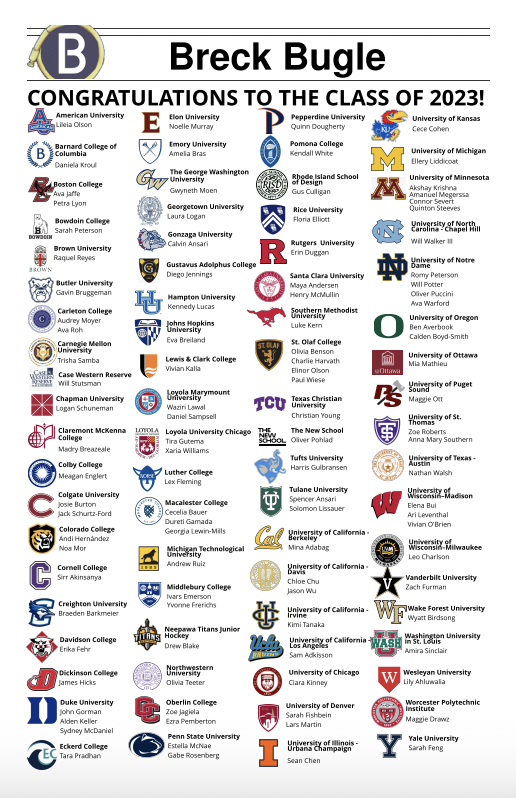Don’t Miss this at the MIA
From now until January 8th, the Minneapolis Institute of Art (MIA) will be home to the works of Renaissance Florence. A collection of paintings, drawings, prints, and sculptures from the Uffizi Galleries in Florence have joined pieces from MIA’s collection in a landmark exhibition called Botticelli and Renaissance Florence: Masterworks from the Uffizi. The exhibition explores how Florentine artists of the Renaissance, who, including Botticelli, have had a strong influence on the art world, were influenced by earlier antiquities collected by the powerful Medici family.
The Italian Renaissance marked a new era in Italy that served to distinguish it from the Middle Ages time period Italy had experienced and brought the country into a rich cultural period. The Italian city-state of Florence was arguably the center of the Renaissance. This is largely because wealthy families used their money and power to support artists and intellectuals, as the Medicis did with Botticelli.
Born around 1445, Alessandro di Mariano Filipepi, later known across Europe as Sandro Botticelli, was a leading figure in the Florentine Renaissance. His genius and creativity helped him create new art from old, using ancient roman and greek sculptures, prints, and carvings as a guide for many of his most famous works. These antique pieces were collected by the Medicis, a wealthy banking family and one of the most important houses in Florence.
The Medici family was so important that someone outside of the family commissioned a painting of them. This painting is now known as Sandro Botticelli’s Adoration of the Magi. Aside from portraying the Medicis as Magi, or wise men, this painting contains what is thought to be the only self-portrait Botticelli ever made. On the far lower right side of the painting (pictured above), a blonde man dressed in golden robes stares right at you. This man is the painter himself, Sandro Botticelli.
Adoration of the Magi is one of many well-known works by Botticelli featured in the exhibit. Viewers can also experience masterworks such as Pallas and the Centaur, or lesser-known works such as figure and light sketches by Botticelli, and many other sculptures, carvings, paintings, portraits, and prints by other artists. This exhibit marks the first time some of these pieces have left Florence.
The exhibition focuses on five sections: Art All’antica: Virtue, Passion, and Pleasure, The San Marco Sculpture Garden and Antiquities in Renaissance Florence, Sacred Beauty, The Renaissance Interior: A Setting of Virtue and Magnificence, and From Life: Florentine Faces and People. These sections explore multiple themes, including mythological creatures and gods, the San Marco Garden, religious figures, the interior design of upper-class homes, and personal portraits.
If you’re interested in visiting or taking a tour of the exhibition, you can find more information on MIA’s website. If you’re under 18, you can see it for free!

































